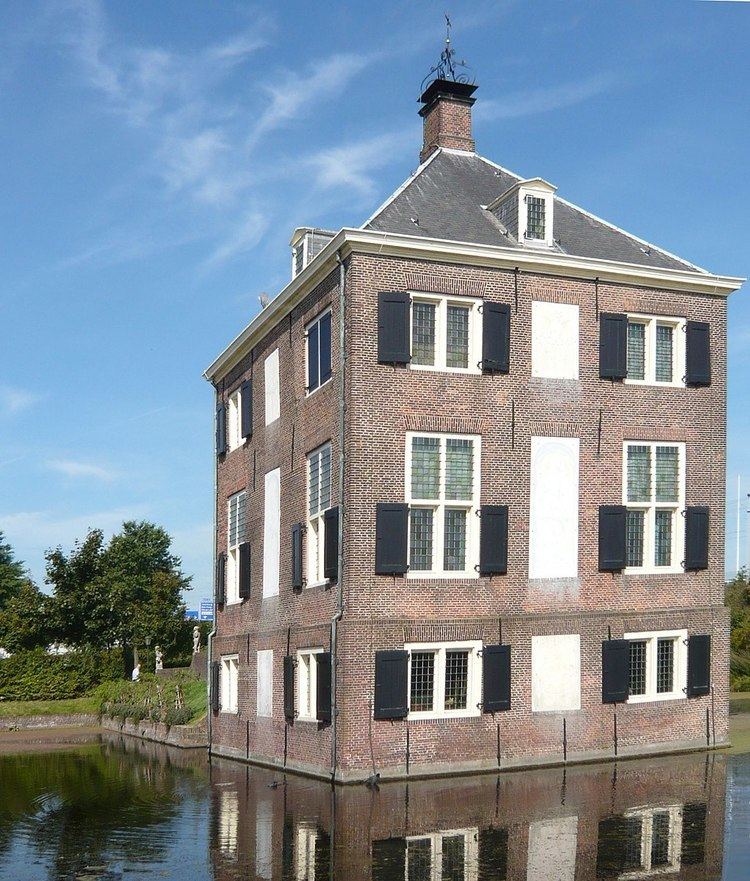Province South Holland | Phone +31 70 387 2311 | |
 | ||
Hours Closed today MondayClosedTuesdayClosedWednesdayClosedThursdayClosedFridayClosedSaturday12–5PMSunday12–5PM Similar Museum Swaensteyn, Duivenvoorde Castle, Oud Poelgeest, Haags Historisch Museum, Museum Bredius Profiles | ||
Het nieuwe hofwijck
Hofwijck ( [ˈɦɔfʋɛik]; or Vitaulium in Latin) is a mansion built for 17th-century politician Constantijn Huygens. It is located in Voorburg on the Vliet canal from Den Haag to Leiden, and its formal address is 2 Westeinde, Voorburg, the Netherlands, but its location today is better known as the Voorburg railway station.
Contents
- Het nieuwe hofwijck
- Dichter op hofwijck
- Construction
- Collection
- After Constantijns death
- Trivia
- Poem about Hofwijck
- References
Dichter op hofwijck
Construction
After he became a widower, Huygens bought land on the Vliet in Voorburg with plans to build a summer home while the Vliet itself was still being dug in 1638. At the time it was quite fashionable to have a summer home on a river or canal, and old maps of Voorburg show Hofwijck as one of many. The building itself and the gardens (originally on both sides of the Vliet) were designed by Huygens himself in cooperation with the architect Jacob van Campen. The estate was to be "a harmonious piece of paradise on earth, with a garden in God’s image and likeness." Huygens was very much inspired by the works of classical Roman architect Vitruvius. Pieter Post was in charge of the actual building activities.
The building was erected in unplastered brick and is in the Classicist style. It stands in the centre of a square swan pond. Hofwijck was inaugurated in 1642 in the company of friends and relatives.
Collection
In the collection on display are various items from the Dutch Royal family that have to do with the work of either Constantijn or his son Christiaan. In the display room for Christiaan, various types of clockworks are shown, as well as some original clocks. Family paintings and furniture are on display throughout the building, and the library of Huygens (now a small office) contains many of his books, and offers the same strategic view out of the window at any boat that may appear (today one only sees highway traffic at eye level, and barge traffic at water level).
After Constantijn's death
When Constantijn died, his son, the scientist Christiaan Huygens, came to live there. In 1750 the last Huygens to live there sold it. Grossly neglected in later years, it was auctioned for demolition in 1849, which was avoided when it was acquired by politician Guillaume Groen van Prinsterer.
The "Hofwijck Association" acquired it circa 1913, when demolition loomed again. It is now a museum, which opened its door for the first time on June 12, 1928.
